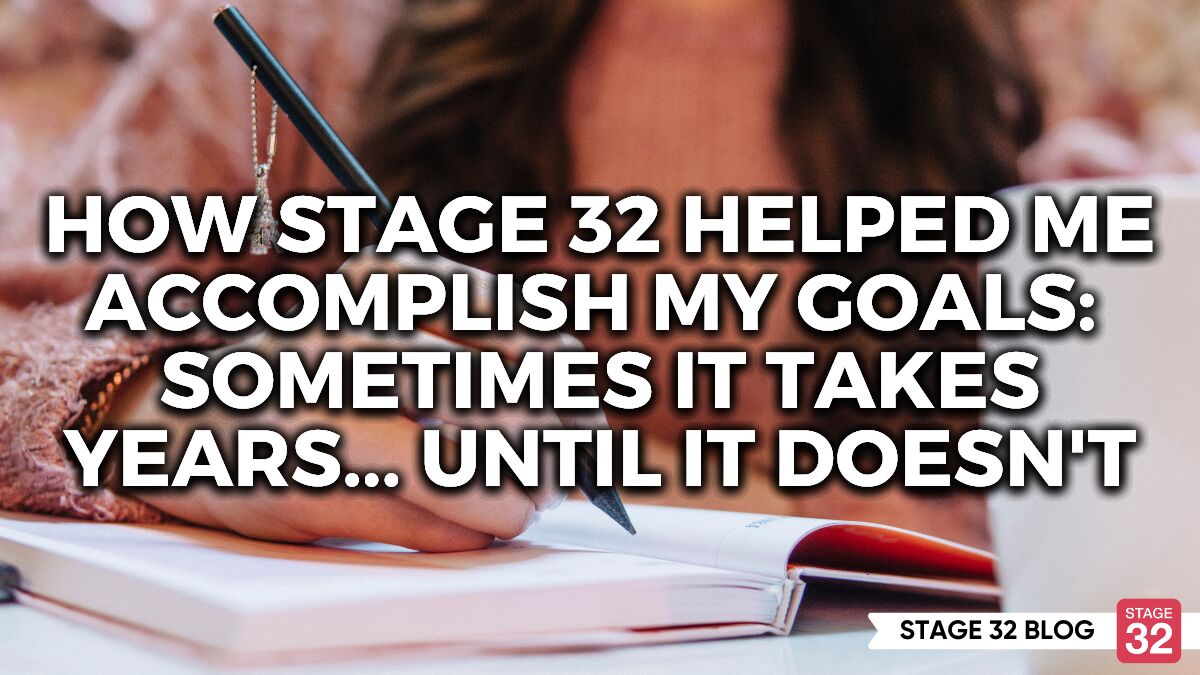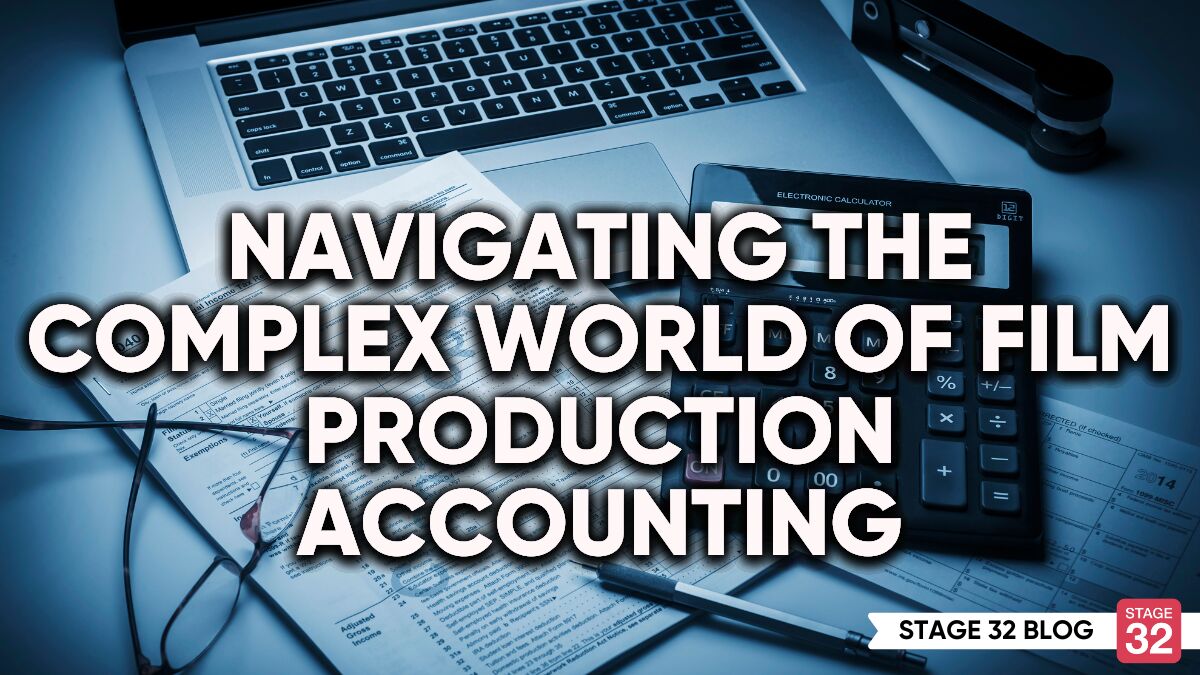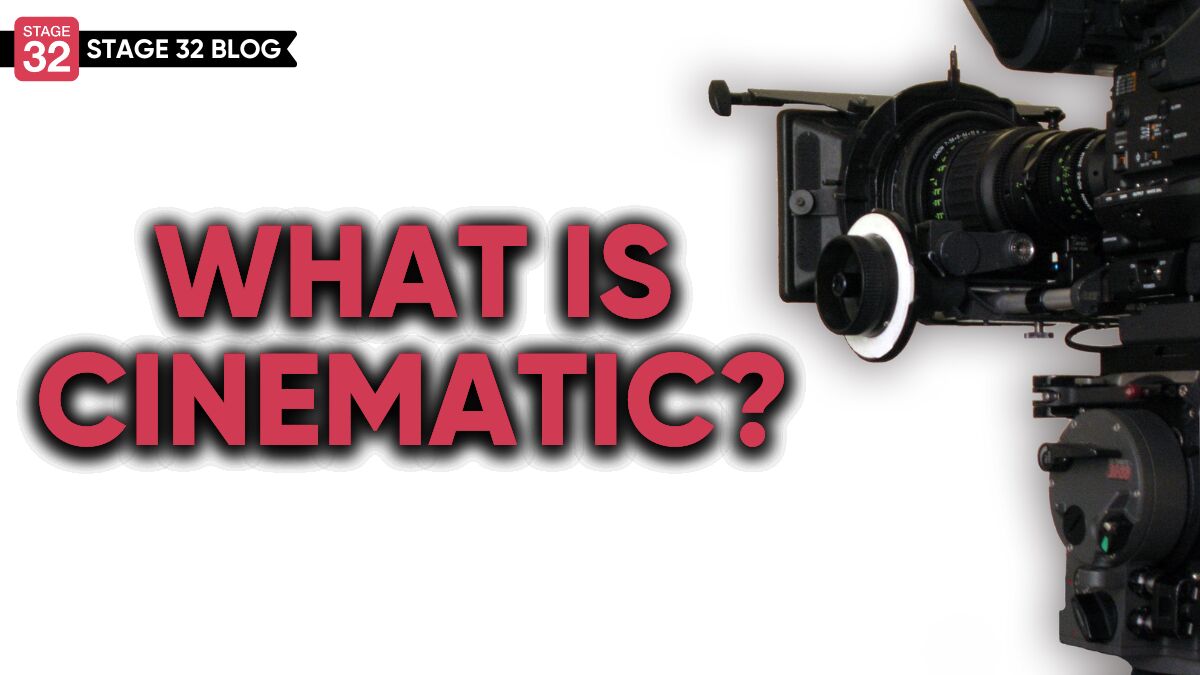What Is Cinematic?
This was the first and last question I was asked as a student in film school. Is it something that we see on a big screen? That can’t possibly be the answer, you can see just about anything on a “big screen” these days and most cinematic experiences now happen in your home. I remember playing Metal Gear Solid on my Play Station and remarking that it was quite a “cinematic experience.” Yet, when I watch the news, I don’t feel like it’s a cinematic experience.
So, in this, I can understand the difference between recorded information and that elusive cinematic exposure. Most wedding photographers are required to cut together a cinematic trailer of the wedding event. This concept is what we can start to define as cinematic. It is a controlled situation, the planned-out execution of what you do to make something feel more grand. When it comes to Cinematography, there are specific ways that the camera can play its part in the construction of a grand ole Cinematic time.

There are a lot of decisions that have to be made at the start of a filmmaking process that is going to have lasting ramifications on everything else. The most important to the camera is the decision of aspect ratios. A lot of the younger members of our community and audiences aren’t going to understand this, but there was a time when we were purchasing at-home movies that were adjusted cuts for our standard 4:3 televisions or the Widescreen, or letterboxed, version that would put black bars at the top and bottom of the film to give us the viewing of 16:9, the standard movie theater aspect ratio.
Many people don’t realize that there are other aspect ratios as well. My personal favorite is 2.4:1, though I’ve been told that is a “cheating aspect ratio” because it’s really easy to get dynamic framing with that wide of a picture. Additionally, the classic 4:3 ratio still has its place in modern content, just look at Zack Snyder’s Justice League cut.

Ultimately, it’s your script that should dictate what aspect ratio you choose. Probably the most famous example is the Jurassic Park franchise. You might want to shoot in 2.4:1 because it’s the most visually stunning frame size, but if you make that decision you’re going to struggle to show small humans and big dinosaurs in the same frame together.
The decision on ratio dictates the entire decision process of the rest of the movie. How things are choreographed, how two people who are kissing are arranged, and how close the camera can get to the two characters’ hands being held. This is an important decision and not one to be taken lightly. It’s truly the first step in establishing a cinematic experience.

Meanwhile, there are a lot of other decisions people are going to make at this stage in the game which will have major cinematic impacts on the film being produced, but as the Cinematographer, you have to make the decision as to what lens(es) you’re going to use. Are you going to use a set of vintage prime Cookes? That will change the stylized look of your film. A Variable Zoom Lens? If you plan on having a Zolly Shot in your film you’ll need that.
On a side note, I really think that shot should be called a Doom Shot because, since its inception in Vertigo, it’s only been used to increase heightened senses of doom. Sorry, I digressed.
Getting back on track, one of the things that make a film cinematic is the control over the image itself. Being able to open your lens to a 1.4 /f and throw a .9ND filter in the matte box and go to the lowest possible ISO setting is an incredible advantage to being stuck at an f/16 because you weren’t prepared.

The next decision you have to make is a production decision that’s ultimately going to be decided by the Director and maybe you are wearing both hats. Are you shooting a Kevin Smith movie or a Michael Bay movie? Those are going to be two very different experiences in terms of your camera movement. If you’re working on Clerks 4 with Kevin Smith your camera movement is probably going to be very tame. Smith doesn’t enjoy moving the camera. In stark contrast, Michael Bay doesn’t seem to stop.
A dolly is different than a truck. When you Dolly you go back and forth, when you truck you go side-to-side. Similarly, a pan is different than a tilt. Left-to-right versus up-and-down. Decisions…decisions. Just imagine a shot where you’re arching around an actor from left-to-right and booming up with a right-to-left pan. That’s a fun shot, just for the record.
You may have noticed that there is a choice I have purposefully left out of the decision process. That choice is what camera you use. While I will say you should try to avoid shooting on a cellphone, even that’s not out of the question. The reality is that the differences in every camera on the market are so technically specific that they all do what is necessary to capture a professional image. Your lens choice is much more important!

So, let’s try again to answer the question we started with. What is Cinematic? Well friends, at the end of my education I was able to settle on an answer. “Cinematic is a combination of sight and sound elements generated for the purpose of telling a story, in a highly controlled environment, with the specific intent to create an emotional response in the viewers who witness it.” I got an A on that answer, but it’s important to note that the answer can be different for everyone.
Personally, I think I really pinned the tail on the donkey with that one. Does anyone play that game anymore? Blindfold a kid, spin them around and around until they’re dizzy, put a sharp needle in their hand, and send them stumbling into a wall…How would you shoot that? More importantly, how would you make it cinematic?
Let's hear your thoughts in the comments below!
Got an idea for a post? Or have you collaborated with Stage 32 members to create a project? We'd love to hear about it. Email Ashley at blog@stage32.com and let's get your post published!
Please help support your fellow Stage 32ers by sharing this on social. Check out the social media buttons at the top to share on Instagram @stage32 Twitter @stage32 Facebook @stage32 and LinkedIn @stage-32
| How Stage 32 Helped Me Accomplish My Goals: Sometimes It Takes Years... Until It Doesn't |
| Navigating the Complex World of Film Production Accounting |
Search Stage 32 Blog
There are now 4042 blog posts for you to enjoy. Search them all by tags below.
Acting, Advice, Cinematography, Coffee & Content, Composing, Contests, Distribution, Featured, Filmmaking, Financing, Inspirational, Networking, Producing, Screenwriting, Success Stories, Tips, Trending,Relevant Tags
Recommended Articles

Don't Let the Momentum of November Write Club Die: How to Stay Active Into 2026 & Beyond!

Stage 32 + DramaBox Join Forces to Launch World's First Vertical Drama Incubator

Insider Intel: Packaging your Project- The Chicken or the Egg Dilemma

Want Success in the Entertainment Industry? Start Writing Your Own Narrative

State of the Industry 2026 Now On-Demand: RB & Geoff Break Down What’s Next for Writers!

Stage 32 Featured at the 43rd Torino Film Festival!

Coffee & Content: Low Stakes Stories, High Stakes Decisions

How to Get Help from Stage 32: Meet the Teams Behind the Scenes

7 Life Hacks For Creatives






